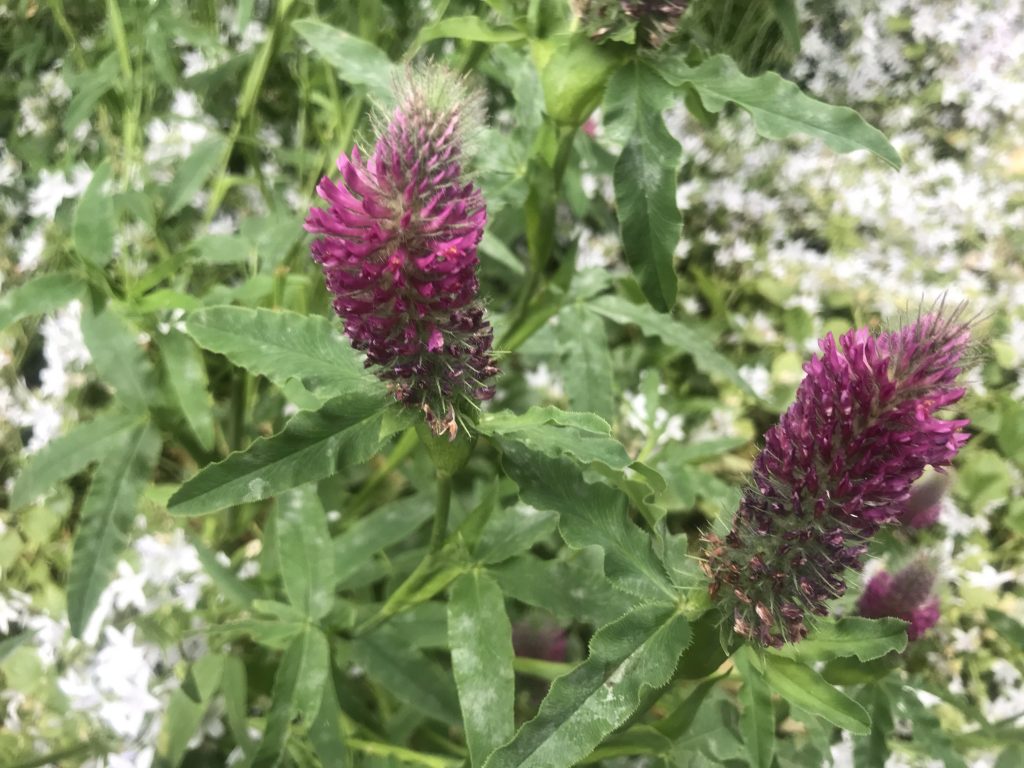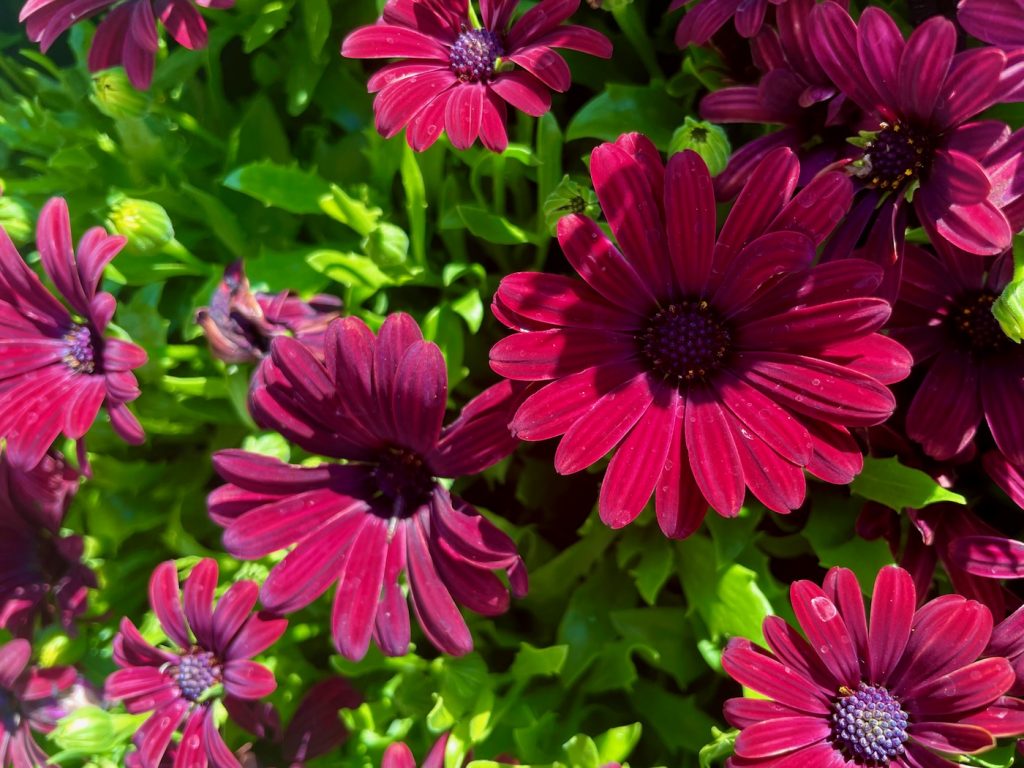Trifolium rubens: The Vibrant Red Feather
Background and Characteristics: Trifolium rubens, commonly known as Red Feather, Ornamental Clover, Red Trefoil, or Ruddy Clover, is a native plant of Central Europe. This hardy perennial belongs to the Fabaceae family of plants, commonly known as the legume or pea family. Trifolium rubens derives its name from the Latin word “trifolium,” meaning “three-leafed,” referring to the typical cloverleaf structure.
Description and Habitat: Trifolium rubens forms clumps of blue-green leaves covered in soft hair. The plant showcases its beauty with clusters of ruby-colored flowers that emerge from silver-colored buds. The vibrant blooms adorn the plant in spring and summer, attracting a variety of pollinators, including butterflies, ladybugs, birds, and bees. With a height of approximately 60cm or 2ft, Trifolium rubens adds a charming presence to gardens and landscapes.
How to grow Trifolium rubens:
Sunlight: Trifolium rubens thrives in sunny locations, where it can receive at least six hours of direct sunlight per day.
Soil and Watering: Plant this species in moist and well-drained soil. Trifolium rubens can tolerate a wide range of soil types, but it prefers fertile and loamy soil. Regular watering is necessary to maintain adequate moisture levels, particularly during dry periods.
Fertilizing: Trifolium rubens belongs to a group of plants known as nitrogen fixers. Like other clovers, it has the ability to fix atmospheric nitrogen into the soil, enriching it with this essential nutrient. Therefore, additional fertilization may not be necessary.
Pest and Disease Control: Trifolium rubens is generally disease-free. However, it is susceptible to attacks by the clover ban weevil (Apion spp.). Regular monitoring of the plant and appropriate pest control measures, such as insecticidal sprays or biological controls, can help manage infestations.
Propagation: Propagation of Trifolium rubens is commonly achieved through seeds. Collect the seeds from mature seed heads and sow them directly into prepared soil. It is also possible to divide mature clumps in early spring or early autumn to create new plants.
Landscaping and Benefits:
Trifolium rubens is an excellent addition to wildflower landscapes, meadows, or borders, providing a splash of vibrant color and attracting beneficial pollinators. The spent blooms can be removed to encourage continuous flowering, but the dried seed heads can also add visual interest with their tan or rusty hues. The plant does not possess any reported toxic properties.
Trifolium rubens, the captivating Red Feather or Ornamental Clover, enchants with its ruby-colored flowers and clump-forming growth habit. As a member of the Fabaceae family, it contributes to nitrogen fixation and soil improvement, making it a beneficial addition to garden ecosystems. Embrace the vibrancy and ecological value of Trifolium rubens as it graces your outdoor spaces, providing beauty and attracting a multitude of pollinators to its alluring blooms.







